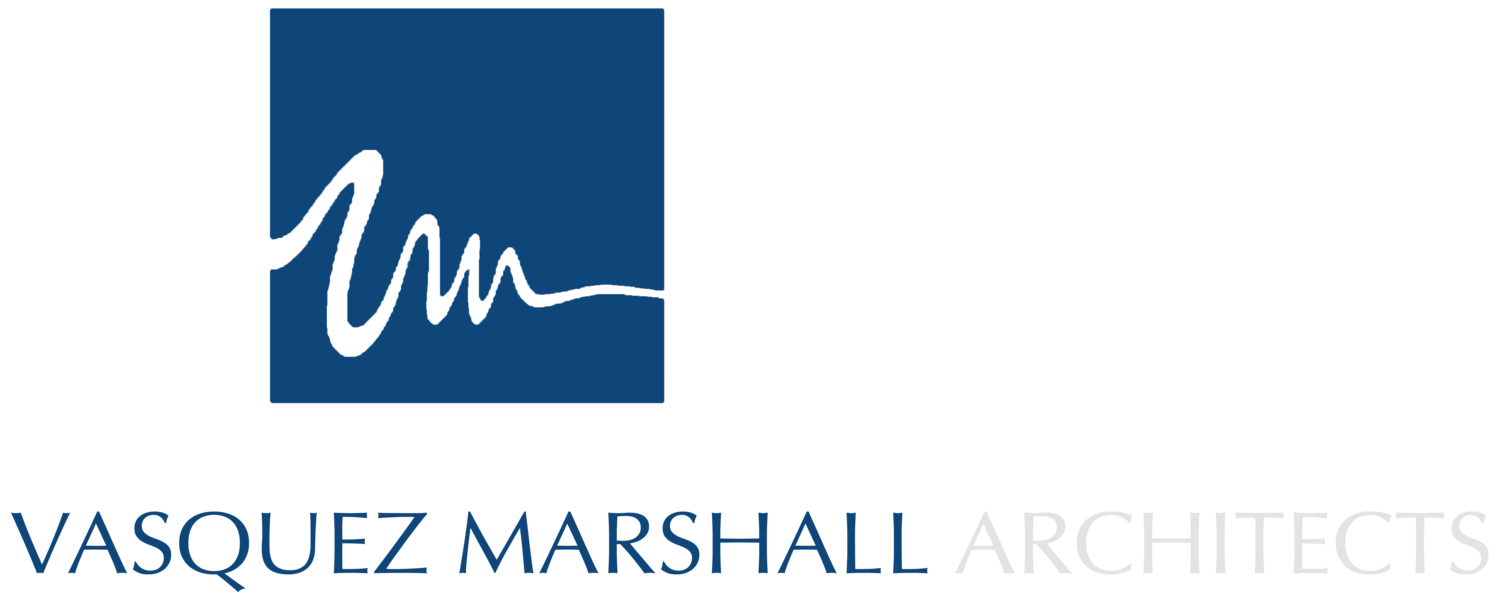Last year we experienced the largest earthquake in California since 1999. On July 5, 2019 Searles Valley, California experienced a magnitude 7.1 earthquake. As a result, adjacent cities like Ridgecrest as well as the Naval Air Weapons Station China Lake (NAWSCL) were heavily affected.
One week after the events, the VMA team joined Reid Middleton in the efforts for the post-earthquake safety evaluation of buildings. Our team members took part in the initial deployment teams that included multidisciplinary groups of 28 people performing ATC-20 Rapid and Detailed Assessments in support of NAVFAC SW and NAWSCL personnel with an initial focus on large and critical facilities, emergency shoring and stabilization.
Rapid Evaluations and Detailed Evaluations were performed through field observations on geological, structural, architectural, mechanical and electrical components and systems. Rapid evaluations were done right after the earthquake occurred (typically shorter in time). As for Detailed evaluations, which were more thorough visual examinations took place a day or more after the event, consisted of a well-structured team, and would typically take between 1 to 4 hours (per building).
After undergoing safety evaluation, buildings were posted either inspected (green), restricted (yellow), or unsafe (red). Inspected, no apparent hazard was found, therefore no restriction on use or occupancy; Restricted, a hazardous condition existed requiring a restriction on occupancy or use of the structure as indicated on placard; Unsafe, extreme structural damage or risk of collapsing from aftershocks resulting in no access unless authorized by the local building department.
Most buildings presented north and south facing damages due to the nature of the earthquake’s ground movement. These north-south damages varied between buildings depending on the proximity to the earthquake’s epicenter, age of the building and structure/materiality. The constant and typical damages among all buildings were hairline cracks on walls and floors, as well as fallen ceiling tiles and light fixtures. Restricted and/or Unsafe buildings often showed worse damages such as separation of walls and floors slabs, broken or loose lateral bracings, punctured walls, broken ceiling frames, tiles and light fixtures. Interestingly enough those buildings posted as restricted or unsafe were for the most part built before the 1960s, which meant they were not up to date and therefore more susceptible.
Recurring aftershocks certainly kept field investigations interesting, as teams needed to revisit and reinspect buildings that had been previously inspected and posted. Reason been the building conditions worsen due to the aftershocks or adjacent buildings collapsing.
Now, a few months after the event we continue our efforts with focused multidisciplinary groups to perform detail damage assessments and evaluations as well as development of DD1391 forms. It has been a great learning experience for the VMA team and we are happy to be working with the Reid Middleton team and Naval Air Weapons Station China Lake in these post-earthquake efforts.
(Searles Valley EQ team meeting at Hampton Hotel Lobby August 07, 2019)








